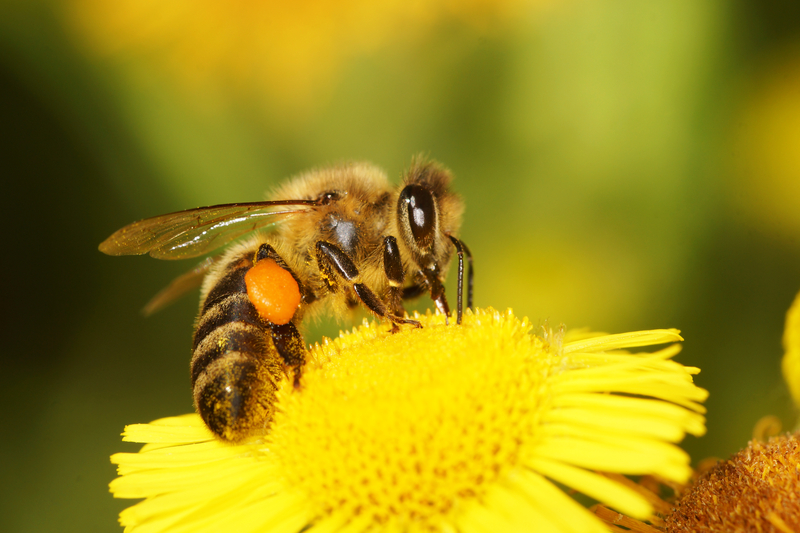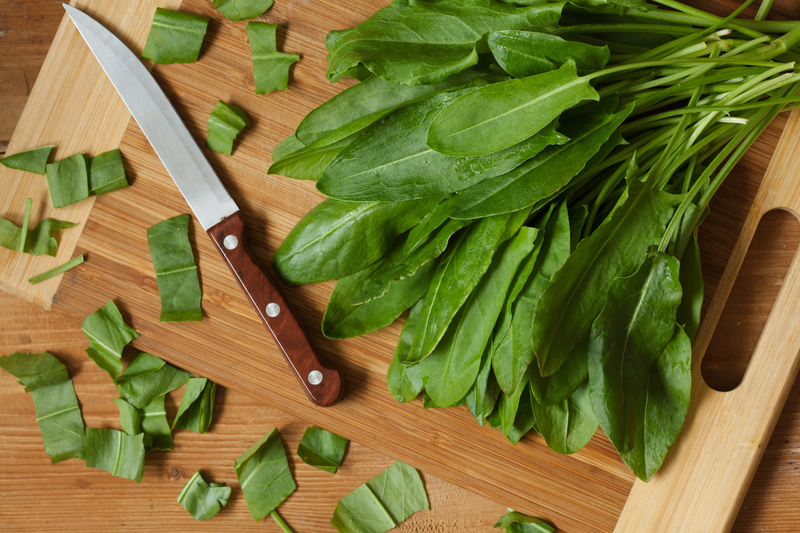Turf Growth Problems Near Evergreens
Posted on 04/11/2024
Grass and evergreen trees are commonly combined in landscape designs due to their aesthetic appeal and functional benefits. However, maintaining a lush, green lawn around evergreen trees can be challenging due to several factors. This article delves into common turf growth problems near evergreens, offering practical solutions and insights to help you maintain a healthy lawn.
Understanding the Challenges
Turfgrass often struggles near evergreen trees for various reasons. The most common challenges include:
- Shade: Evergreens cast a year-round shadow, limiting sunlight that is crucial for photosynthesis and turf health.
- Root Competition: The dense root systems of evergreens absorb water and nutrients, leaving little for the turfgrass.
- Acidity: Fallen needles from evergreens can increase soil acidity, which is detrimental to most turf species.
- Water Stress: Evergreens can absorb significant soil moisture, creating dry conditions that make it difficult for grass to thrive.

Effects of Shade on Turf Growth
Lack of sunlight is a primary factor affecting turf growth under or near evergreens. Most turfgrass species require at least 4-6 hours of sunlight daily for optimal growth. The shade cast by evergreens significantly reduces light penetration, resulting in weak, sparse, and discolored grass.
Root Competition and Soil Health
Evergreen trees have extensive root systems that compete fiercely with turfgrass for nutrients and water. Additionally, evergreen roots often reside in the upper layers of soil, where turfgrass roots also grow. This overlap creates a competition that the grass often loses, leading to poor growth and bare spots.
Soil Acidity and Its Impact
Evergreen needles decompose and create an acidic layer on the soil surface, affecting the pH balance. Most turfgrass species prefer a neutral to slightly acidic pH (6.0-7.0). A decrease in soil pH due to decomposing needles can limit nutrient availability, stunting the grass's growth and making it more susceptible to diseases and pests.
Managing Water Stress
Due to evergreens' high water uptake, turfgrass often experiences drought-like conditions. The limited soil moisture can cause the grass to wilt, turn brown, and die off in patches. Ensuring adequate watering can mitigate this issue, although it requires consistent effort.
Tips for Overcoming Turf Growth Problems Near Evergreens
Overcoming these challenges requires a strategic approach. Here are some tips to help you maintain healthy turf near evergreen trees:
- Selective Pruning: Trim lower branches of evergreens to reduce shade and increase light penetration.
- Soil Amendment: Regularly test soil pH and amend with lime if necessary to neutralize acidity.
- Appropriate Watering: Implement a consistent watering schedule to ensure both trees and grass receive adequate moisture.
- Mulch Use: Use mulch around tree bases to create a buffer zone, directing nutrients and water to the grass more effectively.
- Shade-Tolerant Turfgrass: Choose turfgrass species that are more shade-tolerant, such as fine fescue or certain varieties of Kentucky bluegrass.
Pros and Cons
Understanding the pros and cons of growing turf near evergreens can help you make informed decisions:
Pros:
- Aesthetic Appeal: Evergreen trees provide year-round greenery, enhancing the landscape's visual appeal.
- Windbreaks: Evergreens can act as natural windbreaks, protecting turf from harsh winds.
Cons:
- Shade: Persistent shade can hamper turf growth significantly.
- Resource Competition: Disparity in nutrient and water absorption between trees and grass can stifle turf health.
- Soil Acidity: Falling needles alter soil pH, adversely affecting turf growth.

Takeaways
Spending time understanding the growth dynamics between evergreens and turfgrass is essential for a healthy, visually appealing lawn. With the right strategies -- from selective pruning and soil amendments to choosing the right grass species -- you can mitigate the adverse effects and promote better turfgrass growth.
Conclusion
Growing turf near evergreen trees presents unique challenges, primarily due to shade, root competition, soil acidity, and water stress. However, with careful planning and implementation of practical tips, you can overcome these hurdles. By addressing shade, amending soil, and ensuring adequate watering, your lawn can thrive alongside your evergreens.
In summary, while turf growth problems near evergreens are common, they are not insurmountable. The key lies in understanding the specific challenges and applying targeted solutions to foster a harmonious growth environment for both your grass and trees.

